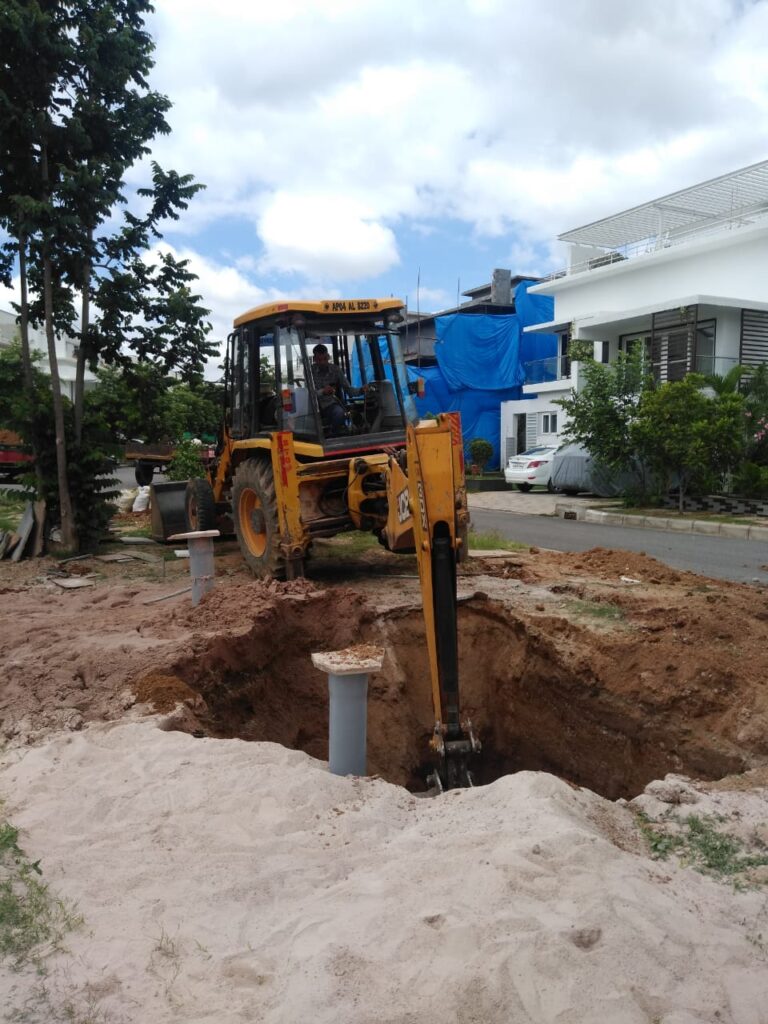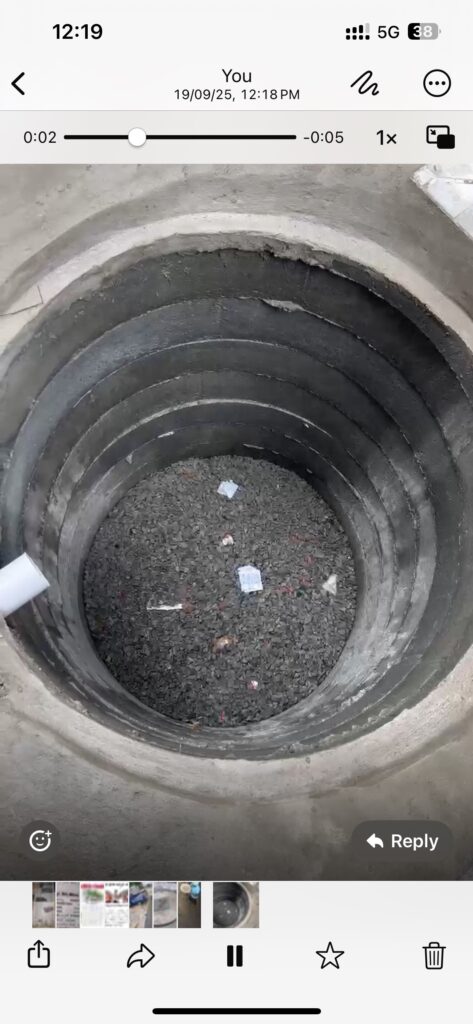How Rainwater Harvesting Works
- Collection: Rainwater is gathered from a catchment area, typically a roof, but also open grounds or parks.
- Conveyance: Gutters and downspouts channel the collected water to storage or recharge systems.
- Filtration: The water often passes through filters to remove debris and pollutants.
- Storage: The filtered water is stored in tanks, cisterns, or underground pits.
- Reuse or Recharge: The stored water is then used for various purposes, or it’s directed to recharge groundwater.

Common Uses
- Non-potable domestic use: Watering gardens and lawns, flushing toilets, washing clothes.
- Groundwater recharge: Directing water into the ground to replenish aquifers.
- Agricultural use: Irrigating crops and providing water for livestock.
- Cleaning: Washing cars and other outdoor surfaces.

Benefits of Rainwater Harvesting
- Water Conservation: It reduces the demand on mains water supply.
- Cost Savings: Decreased use of municipal water can lead to lower water bills.
- Reduced Flooding: By capturing rainwater, it minimizes surface runoff, which can reduce waterlogging and flooding.
- Environmental Benefits: Helps to conserve precious freshwater resources and reduces the strain on water infrastructure.
